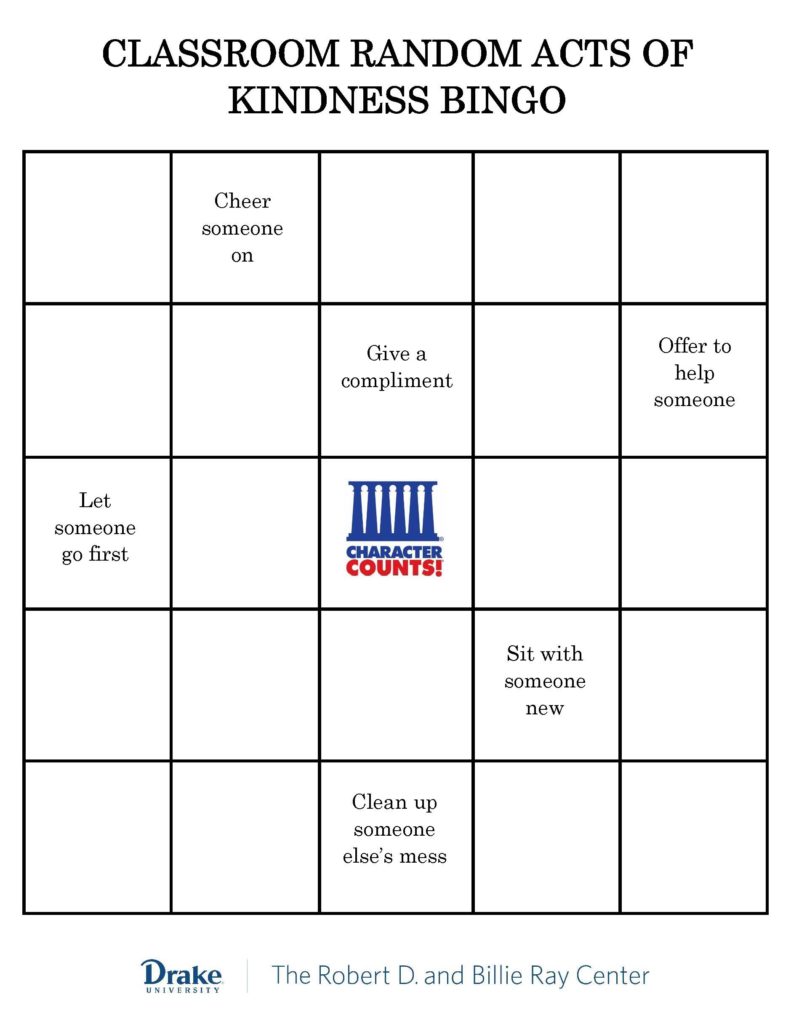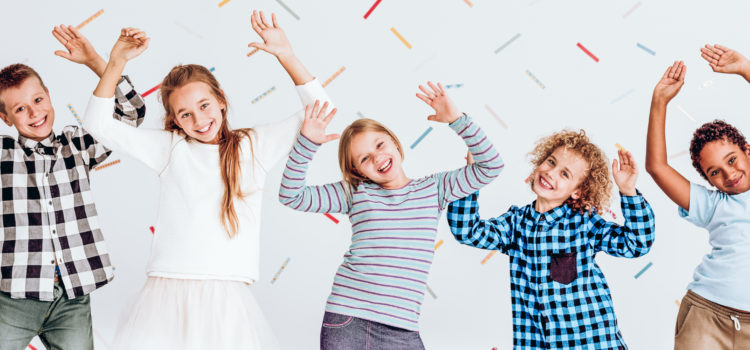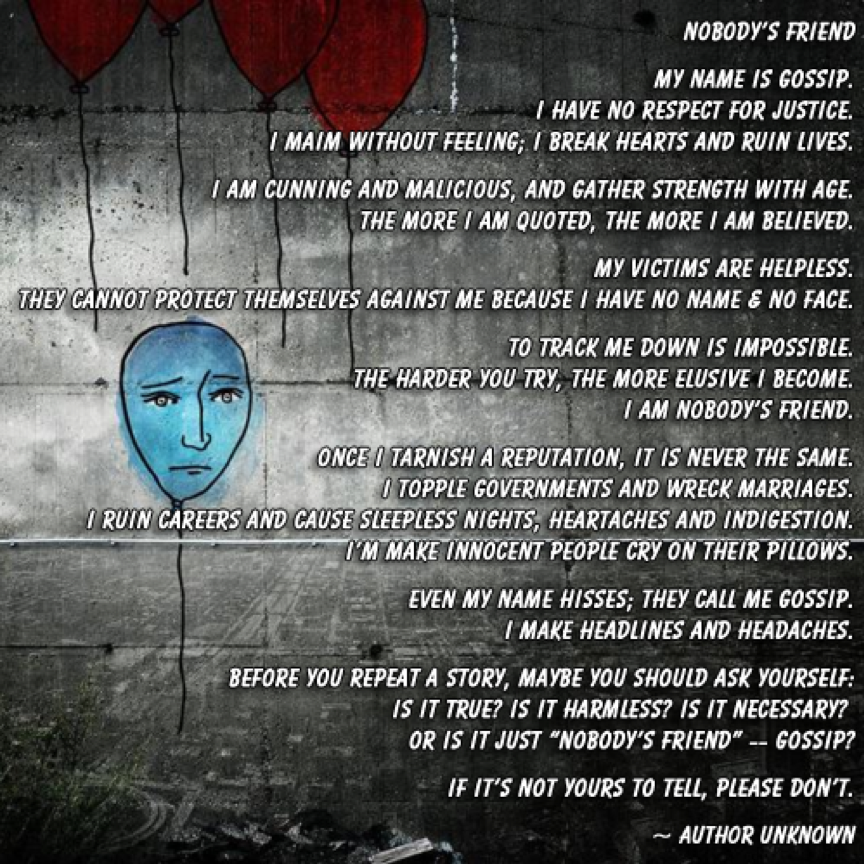Seven Practices That Nurture Respect in Children

From guest contributor Dr. Michele Borba
Though most teachers admit that there are some students they never forget, the same is true about parents.
I vividly remember a mother of one of my students all because of the way she conveyed respect to her child. She did so beautifully in how she listened. I watched her several times throughout the year on our field trips and in our class parties or just those times she’d wait at the door to pick him up. Each time Ricky would talk, she’d stop what she’d do, get down to eye level, look into her son’s eyes, and listen with genuine interest. She had this wonderful ability to block out everything–or at least make her child feel she was–and give her child her full presence. The time was brief – just a minute or so.
The mom’s words usually were nothing more than repeating back small tidbits of what he just said just to let him know she was hearing him. Occasionally she’d add, “Uh-huh,” or “Really?” She acknowledged him simply by saying how she thought he was feeling: “You seem so happy” or “Wow, you look proud.”
The effect on her son was dramatic: Ricky’s whole demeanor brightened when he realized his mom really heard what he had to say. I always wished I could have videotaped her listening skills to play back to other parents. The mom’s behaviors were so simple, but always conveyed respect to her child. That mom exemplified one of the most powerful, tried-and true character-building practices there is: “The best way to ensure that our kids are respectful is to treat them respectfully.”
It should come as no surprise that her child turned out to be one of my most respectful students. He also grew to become a respectful adult.
That’s because of this important principle: children learn respect best from witnessing and experiencing respect.
So Mom and Dad: Tune up respect in your own behavior. After all, it’s a racy, raunchy world out there. I fear what our kids are witnessing and experiencing disrespect.
Seven Simple Respect-Building Parenting Practices
Here are seven simple parenting practices that help children see themselves as valuable human beings. The practices work to instill respect in your child all because your actions let them know you love, respect, and value them. Your child is also witnessing and experiencing respect with these practices so he is more likely to adopt and use the virtue.
1. Treat your child as the most important person in the world.
Here is a simple question to ask yourself: “If I treated my friends the way I treat my child, how would my friends respond?” (Or would you have any friends left? Hmmmm) Beware: very often we say and do things to our children that our friends would never tolerate.
If you want your children to feel valued, treat them as though they are the most important people in the world. One mom told me she asked herself the question so often it became a nighttime habit. It also helped her remember throughout the day to treat her children respectfully.
2. Give love with no strings attached.
No child should have to earn our respect and love; it should be guaranteed with birth. Unconditional love is about loving your kids with no strings attached. It is the kind of love that says: “I’ll never stop loving you no matter what you do.” Of course, that doesn’t mean we’re going to necessarily approve all of our children’s behaviors.
In some cases when our kids’ actions are inappropriate we may need to respond with clear and often passionate correction. But our kids know we’ll always be there for them-no matter what-and that’s the kind of love our kids need if they are to feel they are genuinely respected and valued. Make sure you give your child love that is unconditional and guaranteed, so no matter what he knows you love him.
3. Listen attentively and respectfully.
If there is one common finding from countless different studies it is that kids say they wish their parents would listen-really listen-to them. Attentive listening is a wonderful way to convey respect.
When your child talks, stop everything and focus completely so that she feels you really value her opinions and want to hear her thoughts. Stop what you’re doing and give your child your full presence for the brief time.
Hint: Adolescent boys are often threatened by eye contact, so try sitting side to side.
4. Communicate respect with your whole body, not just with your words.
Most of the time our kids aren’t listening to our words nearly as much as they are watching our posture, gestures, and facial expressions and hearing the tone of our voice. So make sure your whole body is communicating respect when you talk to your child. You may say, “I want to hear your ideas,” but if your child sees you shrug your shoulders, raise your eye brows, smirk your mouth, or roll your eyes, he is likely to pick up a whole different meaning.
I’ve yet to meet parents who want their kids to think they aren’t interested in their ideas or don’t respect their kids’ feelings. Yet those are the messages children pick up, all because of how parents react when their children talk.
5. Build positive self-concepts.
Labeling children with such terms as shy, stubborn, hyper, or clumsy can diminish self-esteem and become daily reminders of unworthiness. They can also become self-fulfilling prophecies.
Regardless of whether the labels are true or not, when children hear them they believe them. So only use labels that build positive self-concepts. One good rule to remember about labeling is this: “If the nickname is not respectful, it’s best not to use it.”
6. Tell them often why you love and cherish them.
The more you show your child you love her, the more your child learns to value and love herself. So tell your child often that you love her, but also tell her what you love about her and express your gratitude that she is your child.
“I love that you are so kind.” “I’m so glad I have the fortune of being your mom.” “I love you just the way you are.” “I respect the way you never give up.”
Never assume that your child knows what feelings you hold in your heart about her. Tell her.
7. Enjoy being together.
One of the best ways to help a child feel respected is to let her know how much you enjoy being with her. Put your child at the top of your schedule and set aside relaxed times together during which you can really get to know who your child is. Only then will you be able to let her know why you value, love, and respect her so.
A quick quiz is to ask yourself which traits you respect in your child. Would your child be able to name those traits as well?
So now the real parenting test: Think back over the last few days. What have you done that helps your children see themselves as valuable human beings because your actions let them know you love, respect, and value them? Don’t forget that our simple day-to-day actions are often the most powerful ways to nurture respect in our children.
Michele Borba, Ed.D. is an internationally renowned consultant, educational psychologist and recipient of the National Educator Award who has presented workshops to over a million participants worldwide. She is a recognized expert in parenting, bullying, youth violence, and character development and author of 22 books including UnSelfie: Why Empathetic Kids Succeed in Our All-About Me World, The 6Rs of Bullying Prevention: Best Proven Practices to Combat Cruelty and Build Respect,The Big Book of Parenting Solutions, and Building Moral Intelligence. She has appeared over 130 times on the TODAY show and is a frequent expert on national media including Dateline, The View, Dr. Oz, Anderson Cooper, CNN, Dr. Drew, and Dr. Phil. To book her for speaking or media even refer to her website: www.micheleborba.com. Follow her on twitter @MicheleBorba.










